European Cars That Were Banned From American Roads
It takes a lot for a car to be outright banned from American roads—particularly nowadays. But back in the 1990s, it was more common than you might think. Whether due to emission laws or just plain public safety, these cars couldn't be driven legally in the United States.
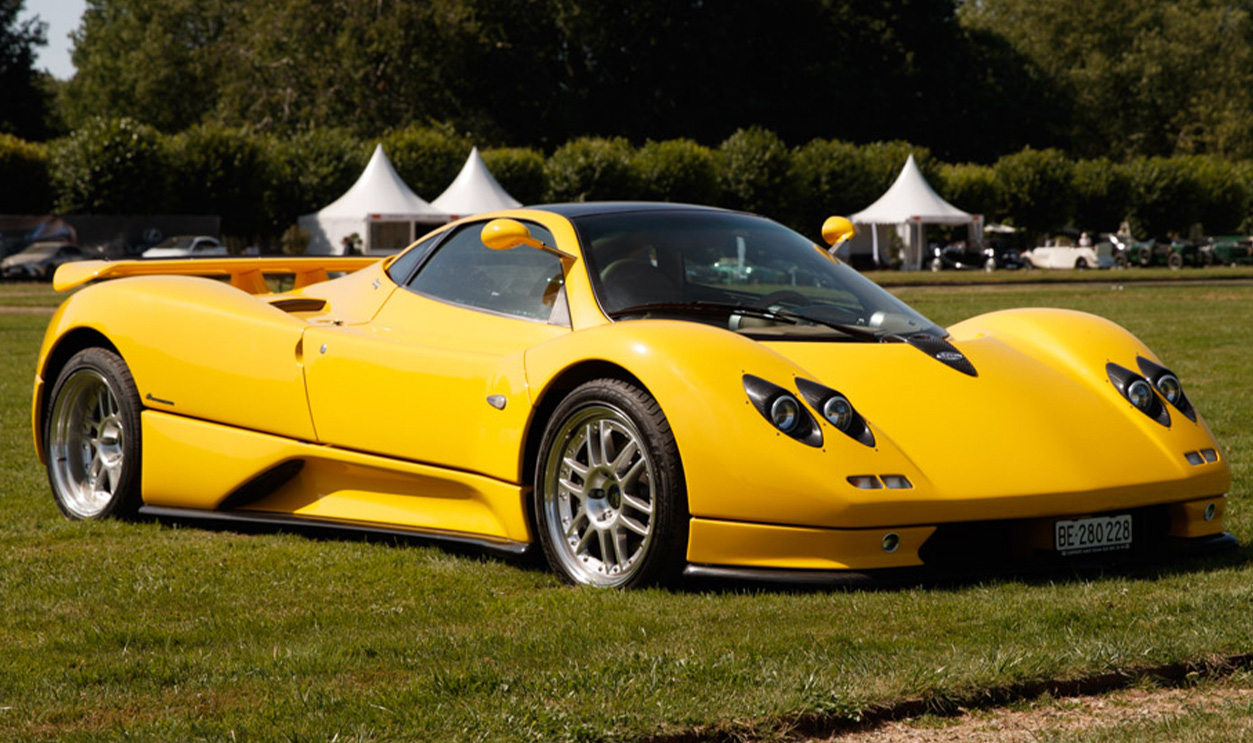
2010 Alfa Romeo 8C Spider Roadster
Italian car manufacturer Alfa Romeo fell afoul of American safety regulations in 2010 with their 8C Spider Roadster. The company began exporting cars to the US in 1961 but stopped in 1995 after poor sales. They attempted to return in 2010, but a different tire pressure monitoring system and occupant safety system than was required under US law meant that the Alfa 8C Spider was banned. They returned to the US market in 2015.
 richard, CC BY 2.0, Wikimedia Commons
richard, CC BY 2.0, Wikimedia Commons
1989 Aston Martin Virage
With just over 1000 units produced between 1989 and 2000, the British Aston Martin Virage was exceedingly rare. In the US, the Virage failed to meet safety regulations in 1993, resulting in its banning from the American market. The cause? Lack of passenger-side airbags and its failure to meet emission standards set under the Clean Air Act.
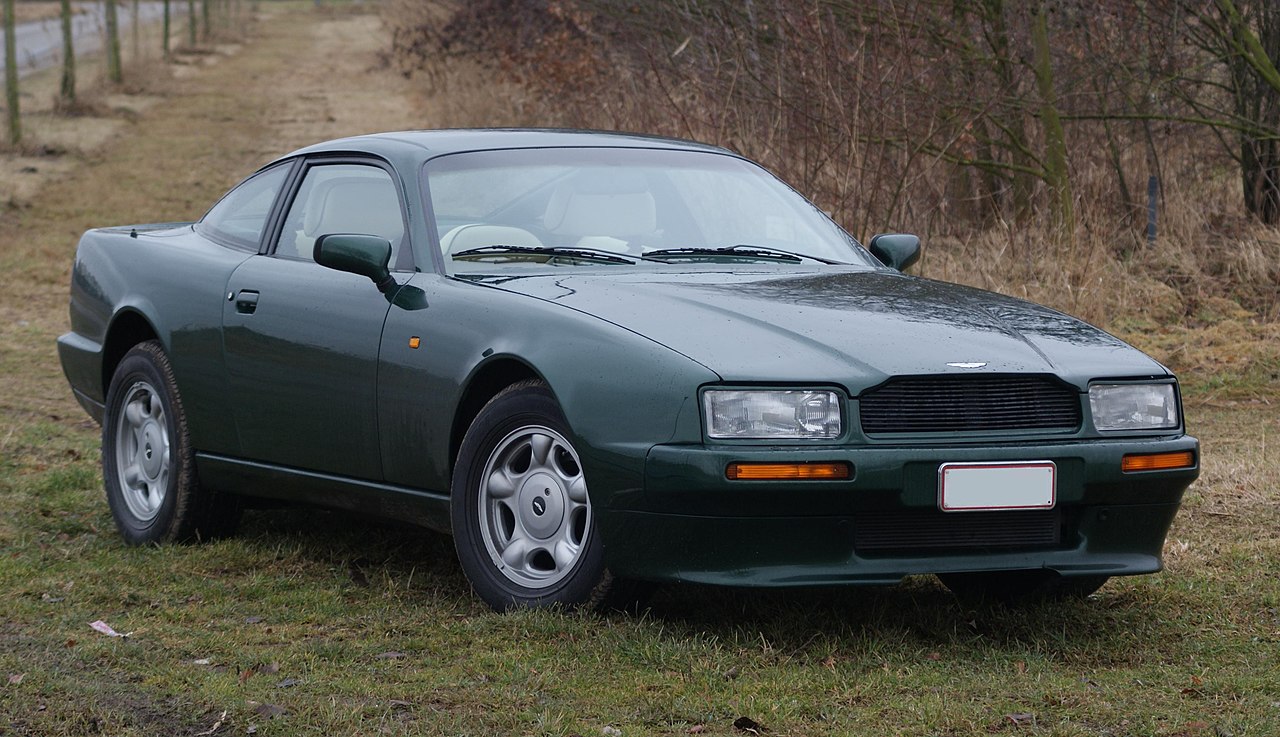 Ben, Mr.choppers, CC BY 2.0, Wikimedia Commons
Ben, Mr.choppers, CC BY 2.0, Wikimedia Commons
1995 Audi RS2
This highly desirable car from the German manufacturer sold like hotcakes in Europe in the mid-90s, but that success couldn't be replicated in the United States. This is due to its failure to meet American automobile stability and reliability standards for road cars. In reality, in experienced hands, it was a pleasure to drive.
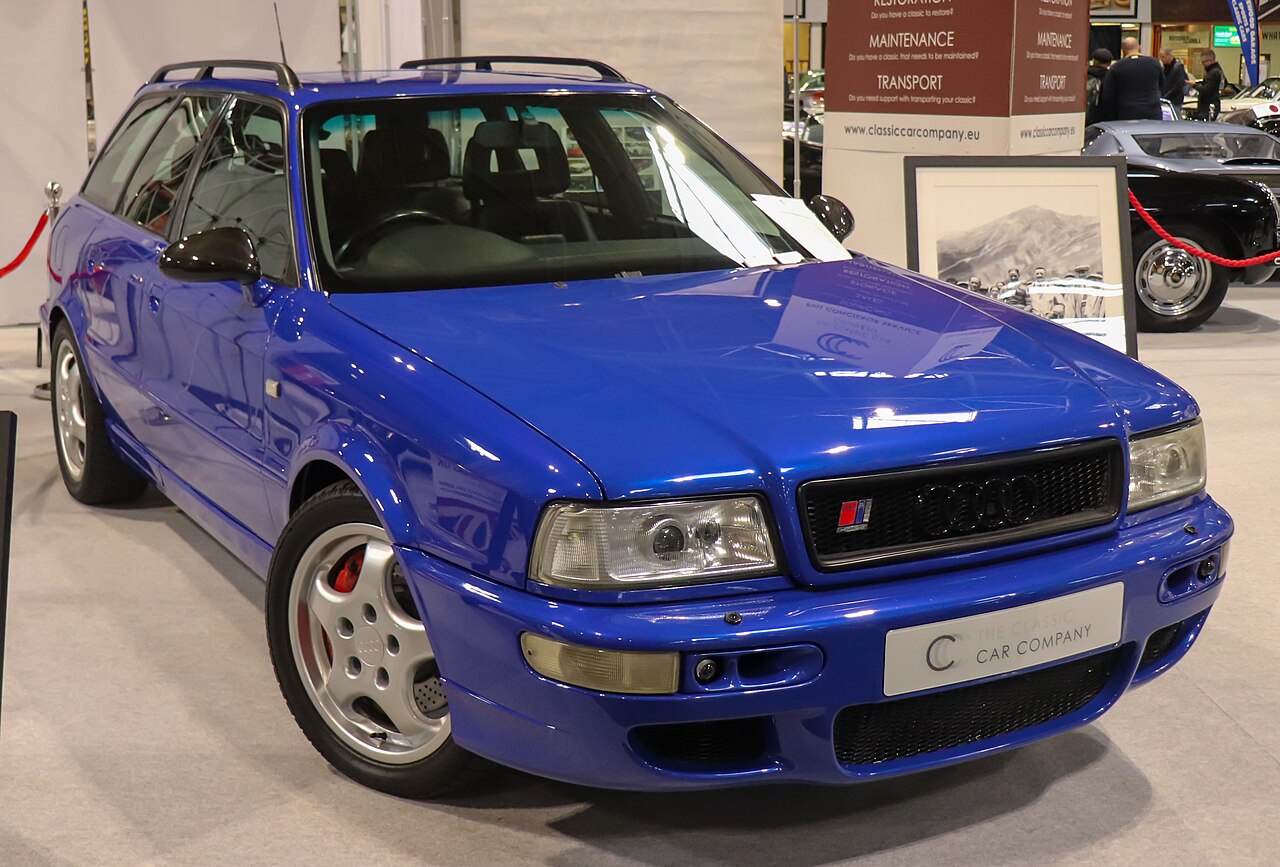 Vauxford, CC BY-SA 4.0, Wikimedia Commons
Vauxford, CC BY-SA 4.0, Wikimedia Commons
1993 Bancroft Roadster
Maybe the Bancroft Roadster could have had a better run in the US, had it actually made it to production. Originally planned for a production run of 300 units, the ultra-rare Bancroft Roadster saw just six units ever produced before the project was cancelled due to high costs. Safety regulations prohibited its sale in the US.
2005 Beijing Auto Rodedawg
In 2005, the interestingly-named "Rodedawg", from Chinese manufacturer Beijing Auto, was released to the Chinese market as an amphibious vehicle. Despite the current ban on Chinese technology in American vehicles, back in '05, this water-car was banned for not adhering to American road safety regulations and "car" classifications.
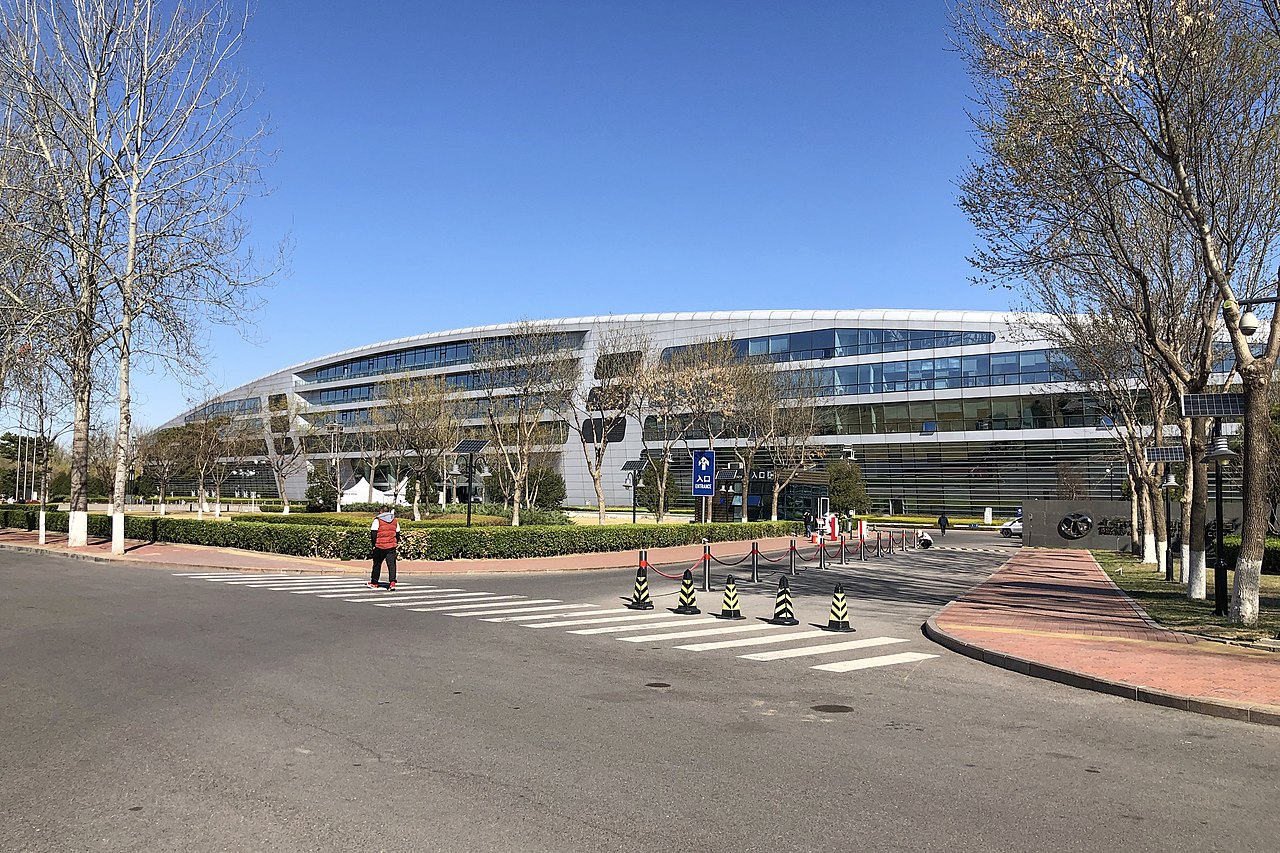 N509FZ, CC BY-SA 4.0, Wikimedia Commons
N509FZ, CC BY-SA 4.0, Wikimedia Commons
1989 BMW M3 Cabriolet
This 1989 classic from BMW was barred from the American market under homologation regulations (otherwise known as "Show And Display Regulations"), that required BMW to build 100 road-going models with the same V8 engine as their racing Cabriolet. This proved cost prohibitive for BMW, who had only made 10 examples.
 Stahlkocher, CC BY-SA 3.0, Wikimedia Commons
Stahlkocher, CC BY-SA 3.0, Wikimedia Commons
2005 Cross Lander 244X
This Romanian-designed 4x4 off-roader was built without airbags, making it an automatic ban from sale under American safety regulations. Originally banned in 2005, the company Romania Auto finally made its way to the US in 2018, after fighting the original ban by the EPA and adding the necessary safety features.
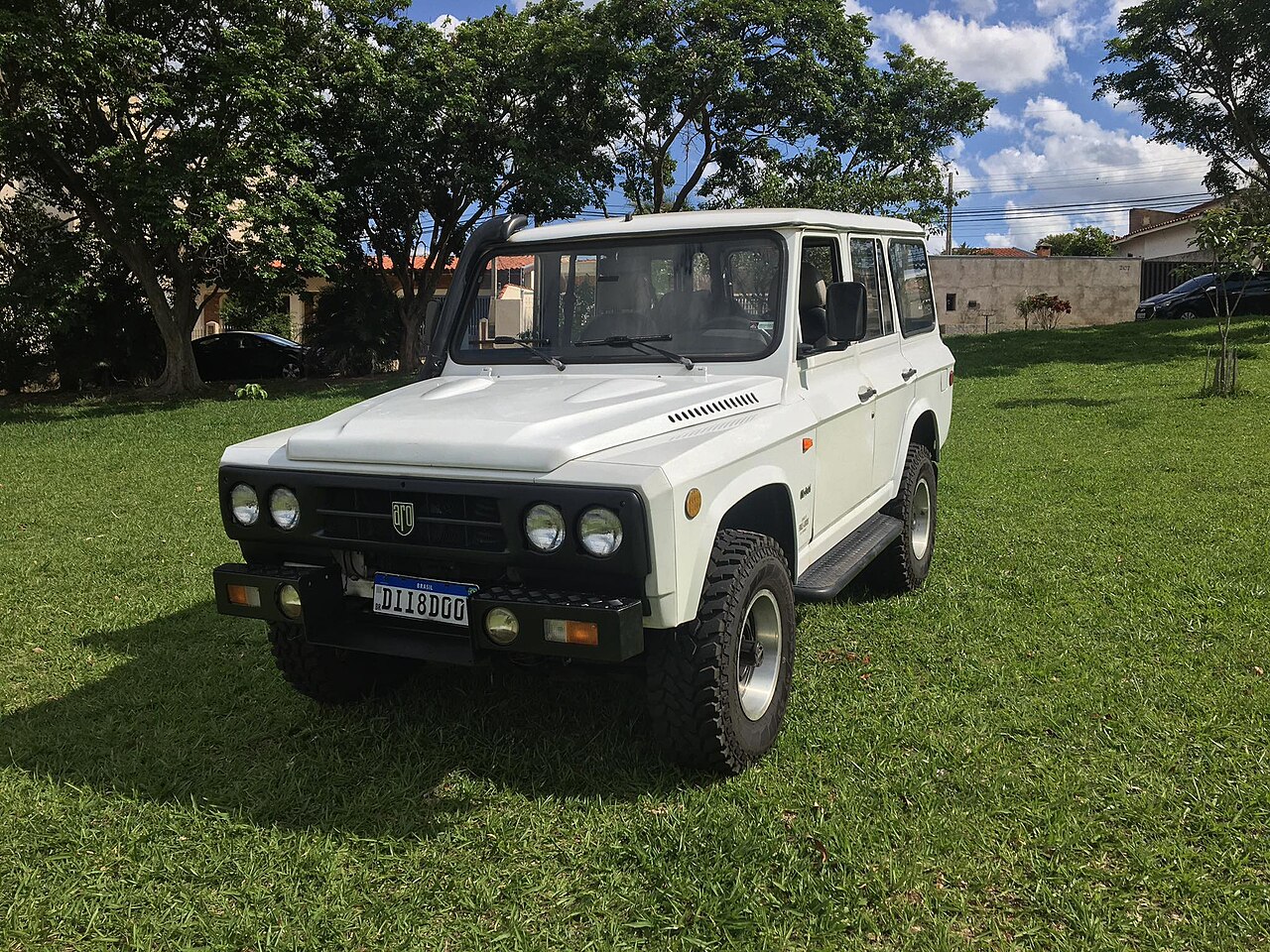 Remus9, CC BY-SA 4.0, Wikimedia Commons
Remus9, CC BY-SA 4.0, Wikimedia Commons
1993 Jaguar XJ 220 S
The gorgeous XJ's racing companion, the XJ 220 S, was originally banned from the American market for being unsafe. It produced an astonishing 629 horsepower and its hidden headlights were removed. But that didn't matter to American regulators. The ban was eventually lifted in 2017.
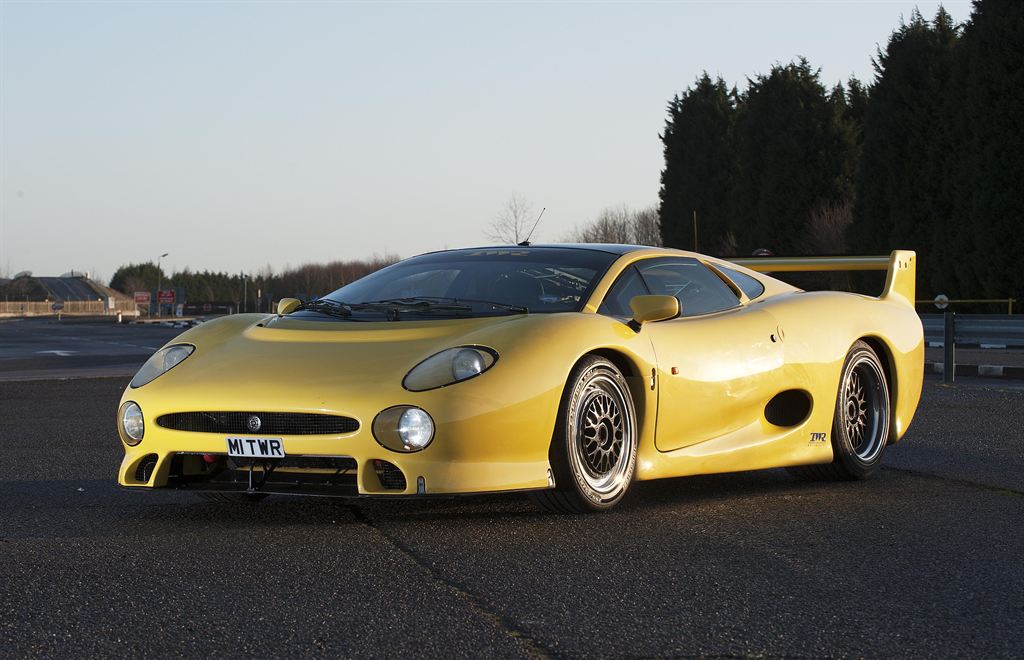 Jaguar Cars, CC BY 2.0, Wikimedia Commons
Jaguar Cars, CC BY 2.0, Wikimedia Commons
1997 Honda Civic Type R
The super-popular Honda Civic's 1997 model, the Type R, was officially banned from the United States after it failed to meet strict US importation regulations. Not sold in the US, Type R desirers would have to wait 25 years until the car could be imported legally.
 Tokumeigakarinoaoshima, Wikimedia Commons
Tokumeigakarinoaoshima, Wikimedia Commons
1989 Honda CRX Exclusive
Because of its exclusivity (only 350 units were produced), the car couldn't be sold in the US due to American homologation regulations.
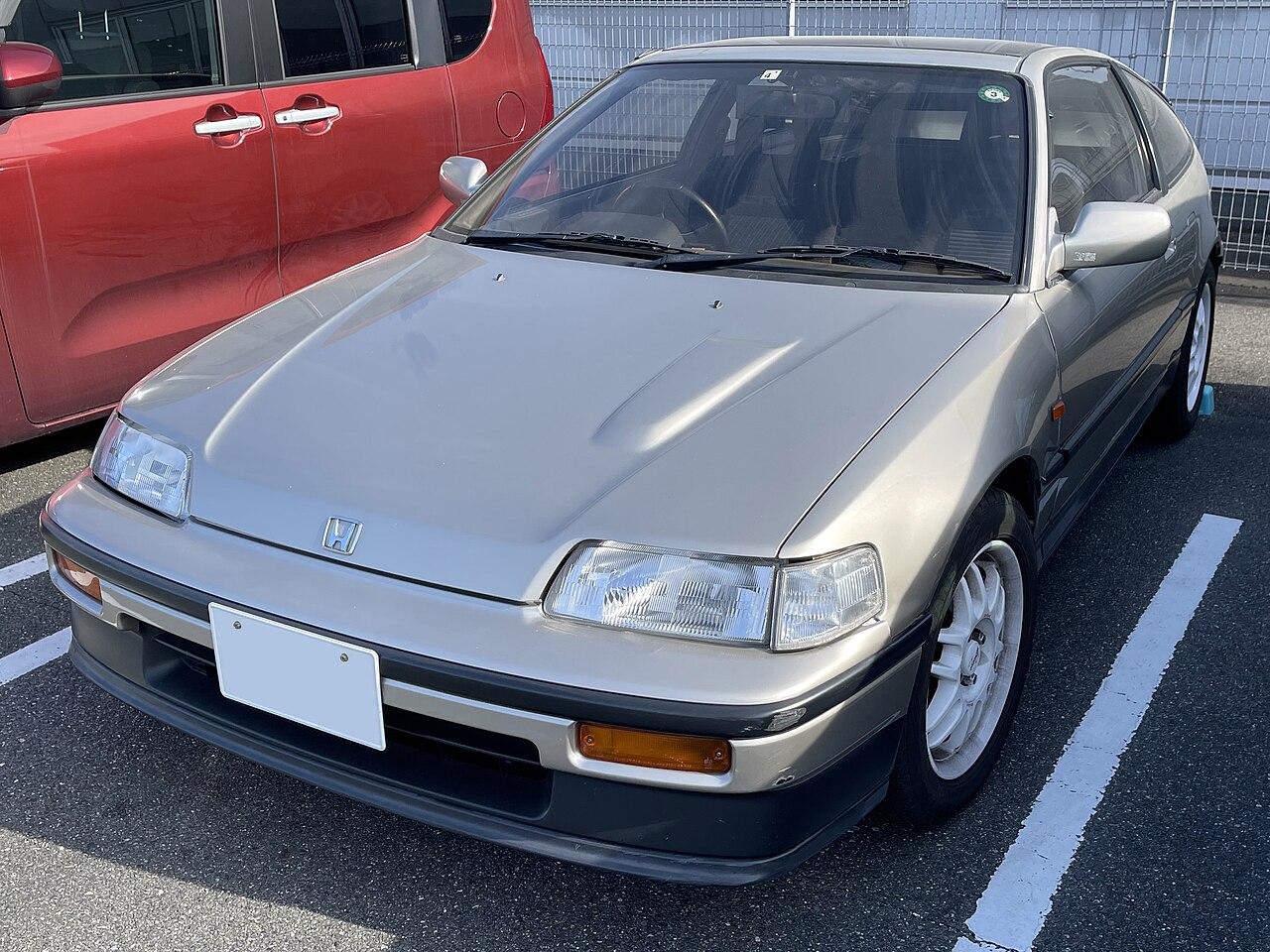 Tokumeigakarinoaoshima, CC BY-SA 4.0, Wikimedia Commons
Tokumeigakarinoaoshima, CC BY-SA 4.0, Wikimedia Commons
1993 Lamborghini Strosek Diablo
The original interpretation of the infamous Lamborghini Diablo was the 1993 Strosek Diablo. These things came with tiny headlights and interestingly-placed mirrors—and a top speed of 208 mph, making it too fast and unsafe for American regulators.
 Thesupermat, CC BY-SA 4.0, Wikimedia Commons
Thesupermat, CC BY-SA 4.0, Wikimedia Commons
2000 Land Rover Defender 130
Despite the beloved nature of the 2000 Land Rover Defender 130 in the UK, the Defender was never fitted with airbags or seat belt pretensioners, making them unsafe to American regulators. They were therefore banned from sale or ownership in the United States. Defenders are still banned to this day.
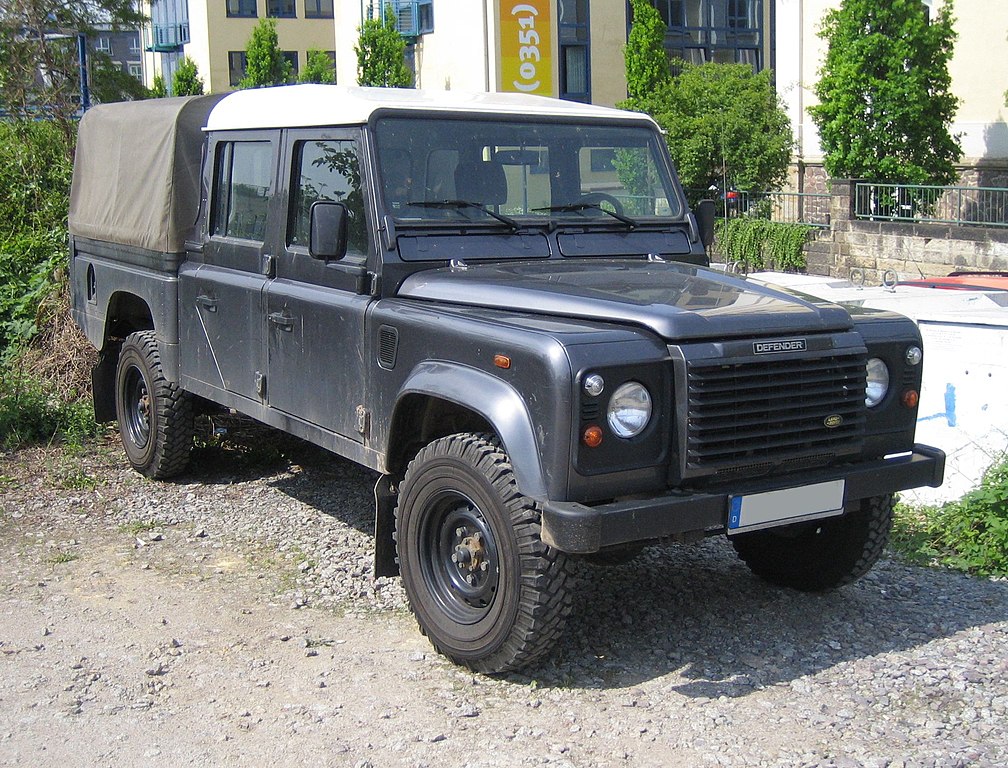 burts, CC BY-SA 3.0, Wikimedia Commons
burts, CC BY-SA 3.0, Wikimedia Commons
2000 Lotus 340R
Another British manufacturer to fall afoul of American safety regulations. The 2000 Lotus 340R was a roadster without proper doors—the doors only came half-way up the car and there was a soft-top convertible roof. This lack of doors meant that the 2000 Lotus 340R, although a great-looking whip, wasn't road-legal in the US.
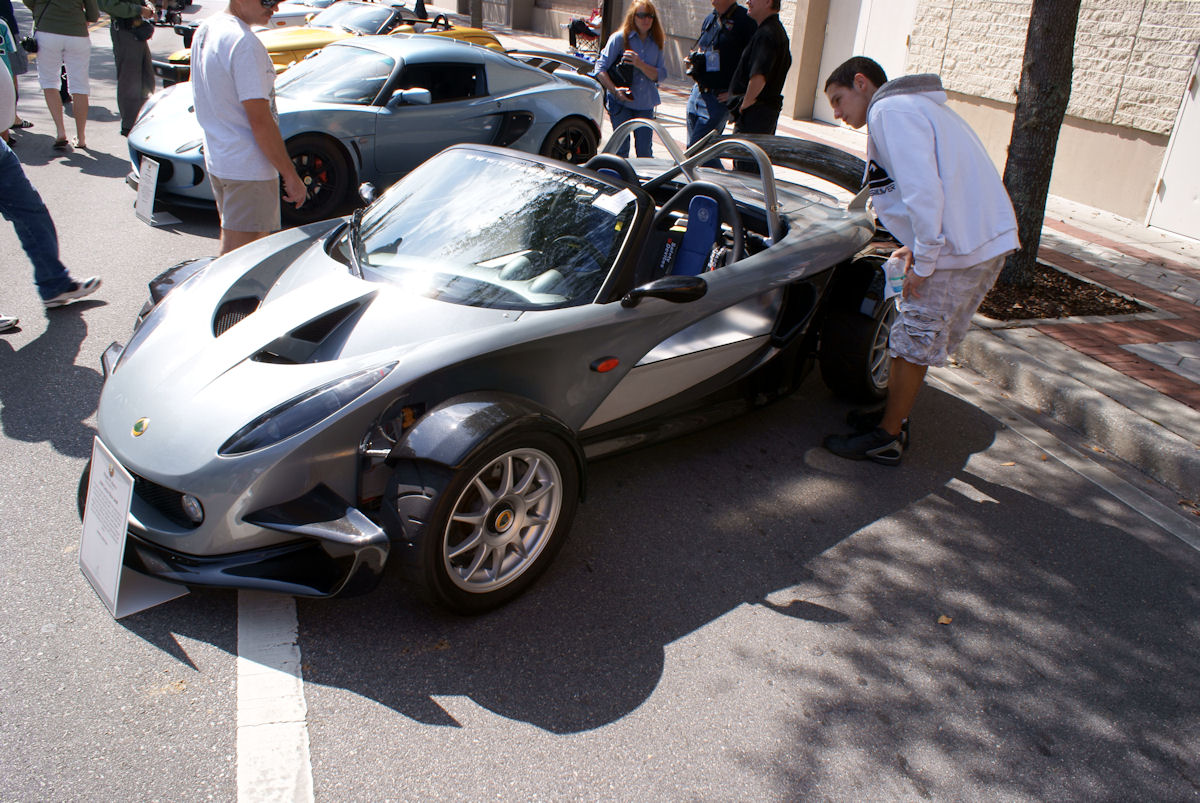 Valder137, CC BY 2.0, Wikimedia Commons
Valder137, CC BY 2.0, Wikimedia Commons
1996 Lotus Elise S1
Originally built in 1996 and banned from the US almost immediately due to its lack of smart airbags (with greater crash detection sensors, etc), the 1996 S1 was fast, agile, and deemed unsafe until Lotus updated its airbag systems in 2001.
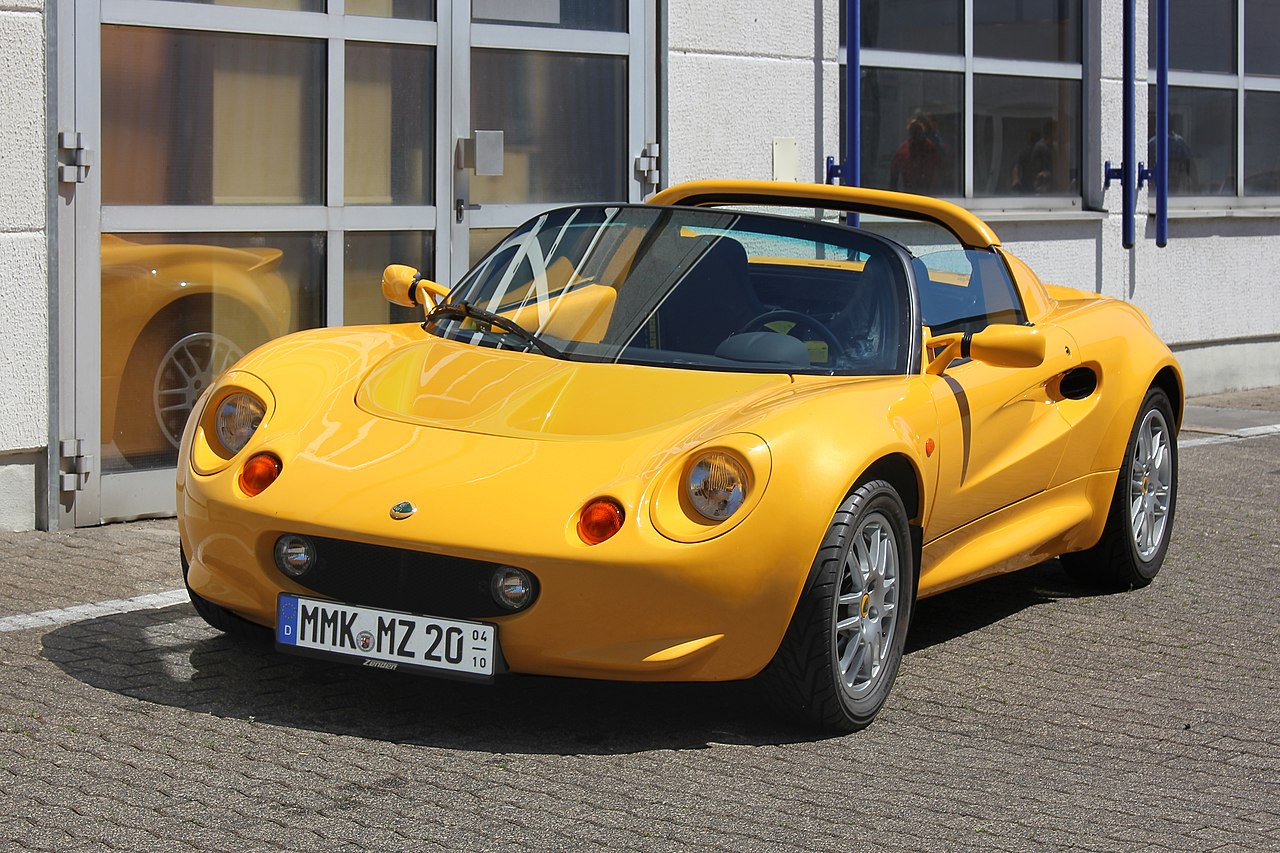 Lothar Spurzem, CC BY-SA 2.0 DE, Wikimedia Commons
Lothar Spurzem, CC BY-SA 2.0 DE, Wikimedia Commons
2000 Mitsubishi Lancer Evo Tommi Makinen Edition
Named after the Finnish racing champion, the 2000 Mitsubishi Lancer Evo will be available to import next year, but they were banned in 2000 due to failure to meet the National Highway Traffic Safety Administration regulations. No more will Americans be deprived of the power of a rally-racing legend's car.
 Kabu Sawsaw, CC BY-SA 4.0, Wikimedia Commons
Kabu Sawsaw, CC BY-SA 4.0, Wikimedia Commons
2002 Morgan LeMans '62 Prototype
The 2002 Morgan LeMans '62 Prototype, designed by British manufacturer Morgan, failed to meet the NHTSA's regulations allowing cars to be imported. Namely, that fewer than 500 of them were produced, and that the car was not designed to comply with existing NHTSA regulations. This special British car will tragically never see American shores.
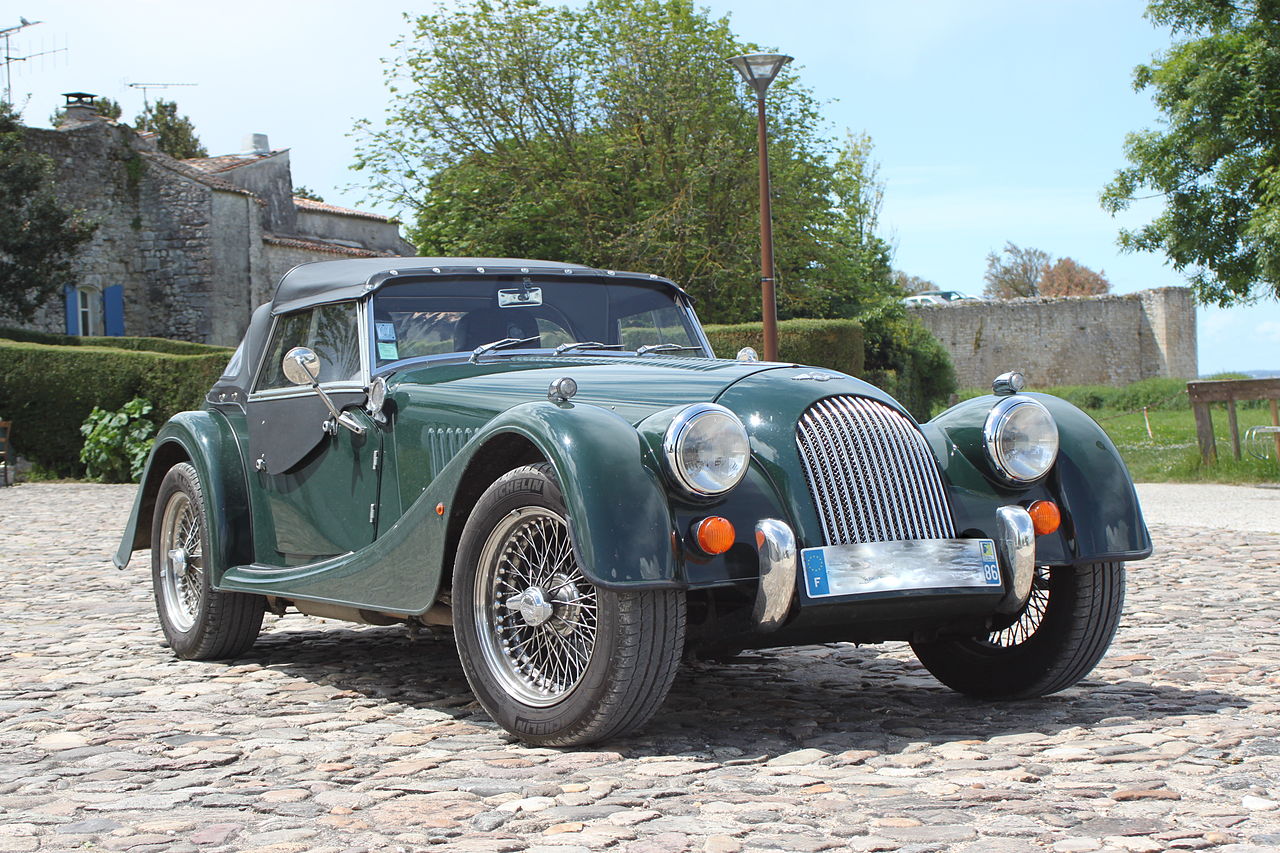 Llann Wé², CC BY-SA 3.0, Wikimedia Commons
Llann Wé², CC BY-SA 3.0, Wikimedia Commons
1995 Nissan Skyline GT-R
The 1995 Nissan Skyline, along with a whole host of Skyline variants, is currently banned from the United States. They do not meet current safety regulations and it's too costly and complex to modify the vehicles to meet those regulations. In 2024, the Nissan Skyline R34 became legal to own.
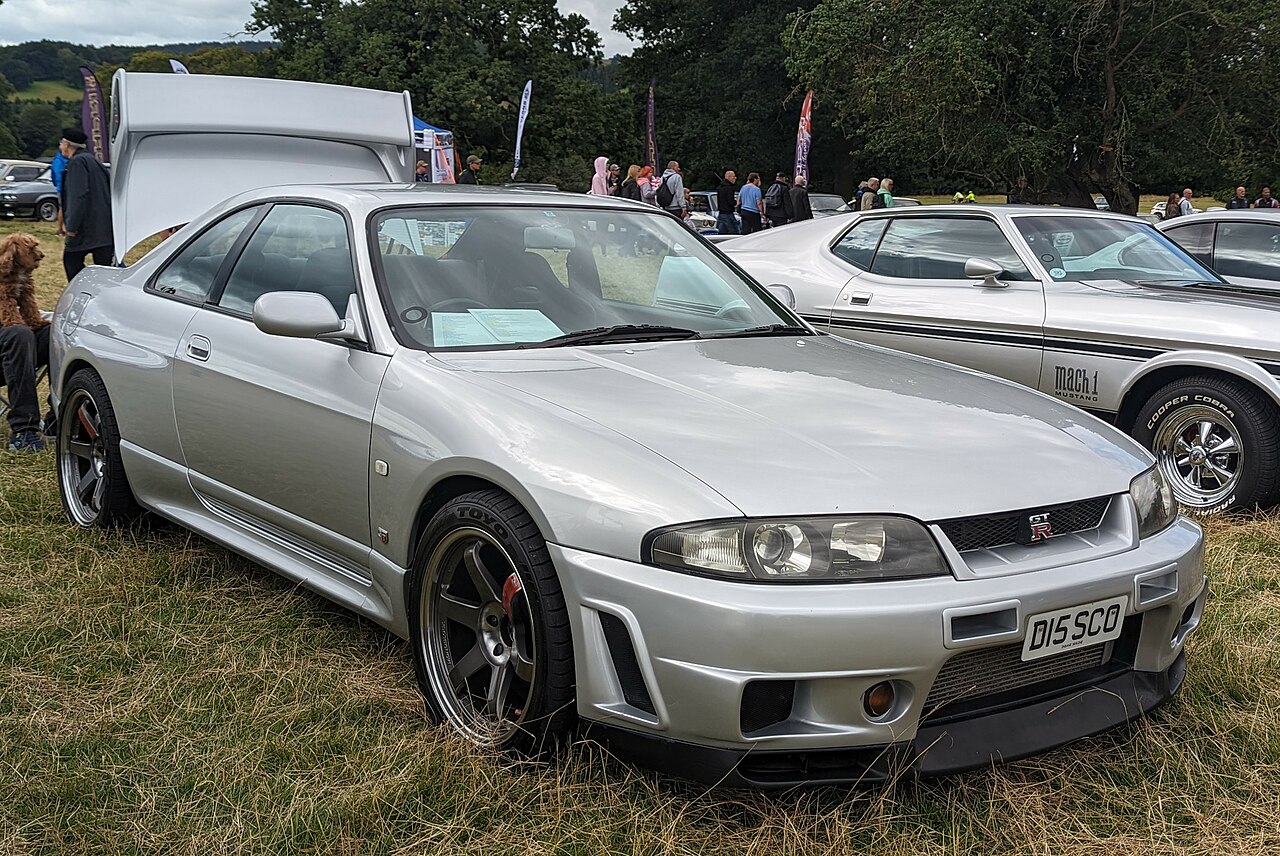 Calreyn88, CC BY-SA 4.0, Wikimedia Commons
Calreyn88, CC BY-SA 4.0, Wikimedia Commons
1991 Pegaso Z-103
Another car to fall by the wayside of American regulations was the 1991 Pegaso Z-103. Unfortunately, the gorgeous Spanish car was the last made by Pegaso. As only three were ever produced, they didn't meet American import regulations.
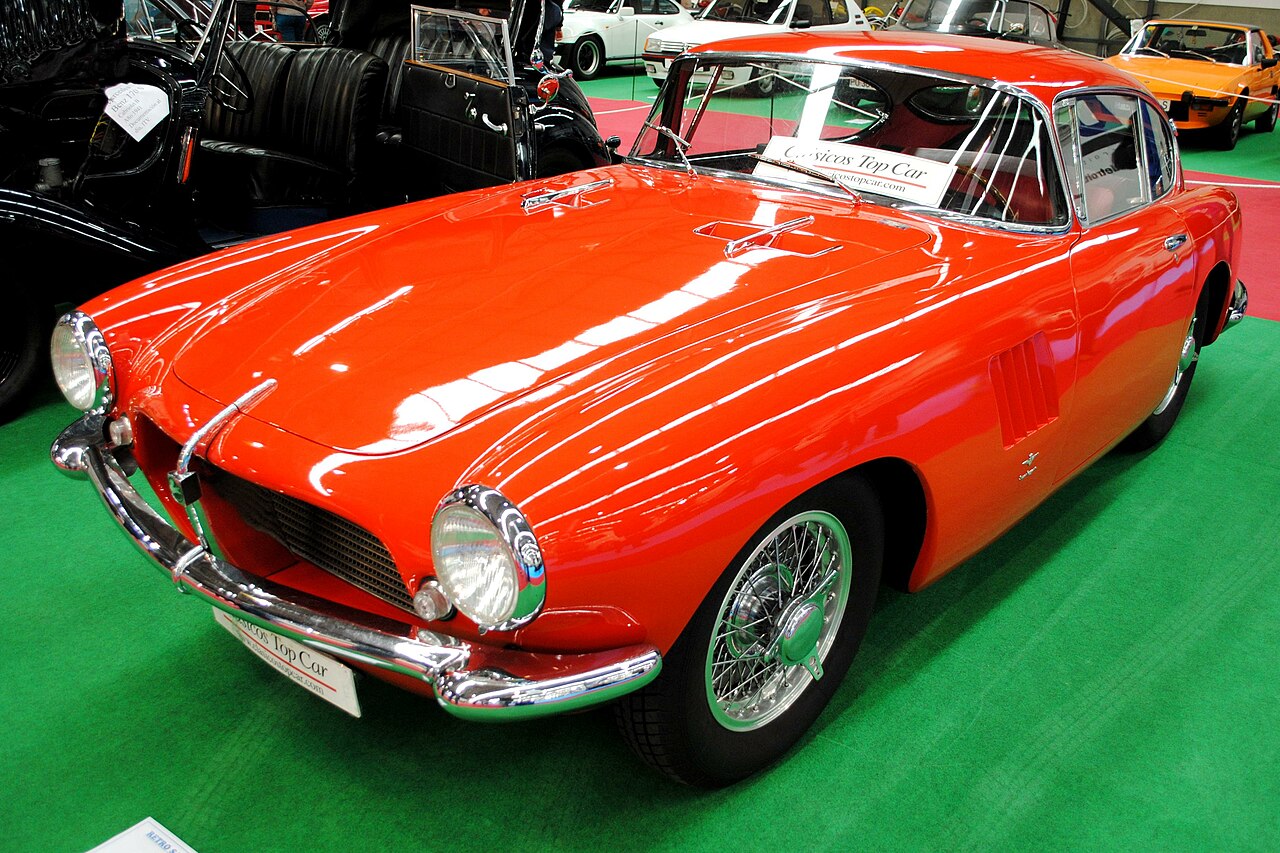 HombreDHojalata, CC BY-SA 3.0, Wikimedia Commons
HombreDHojalata, CC BY-SA 3.0, Wikimedia Commons
2011 Noble M-600
Impressively, the Noble M-600 was hand built in the UK. Unfortunately, being one of the fastest cars ever produced, it also didn't meet American safety regulations and, therefore, couldn't be sold in the country. Sorry, American speed demons.
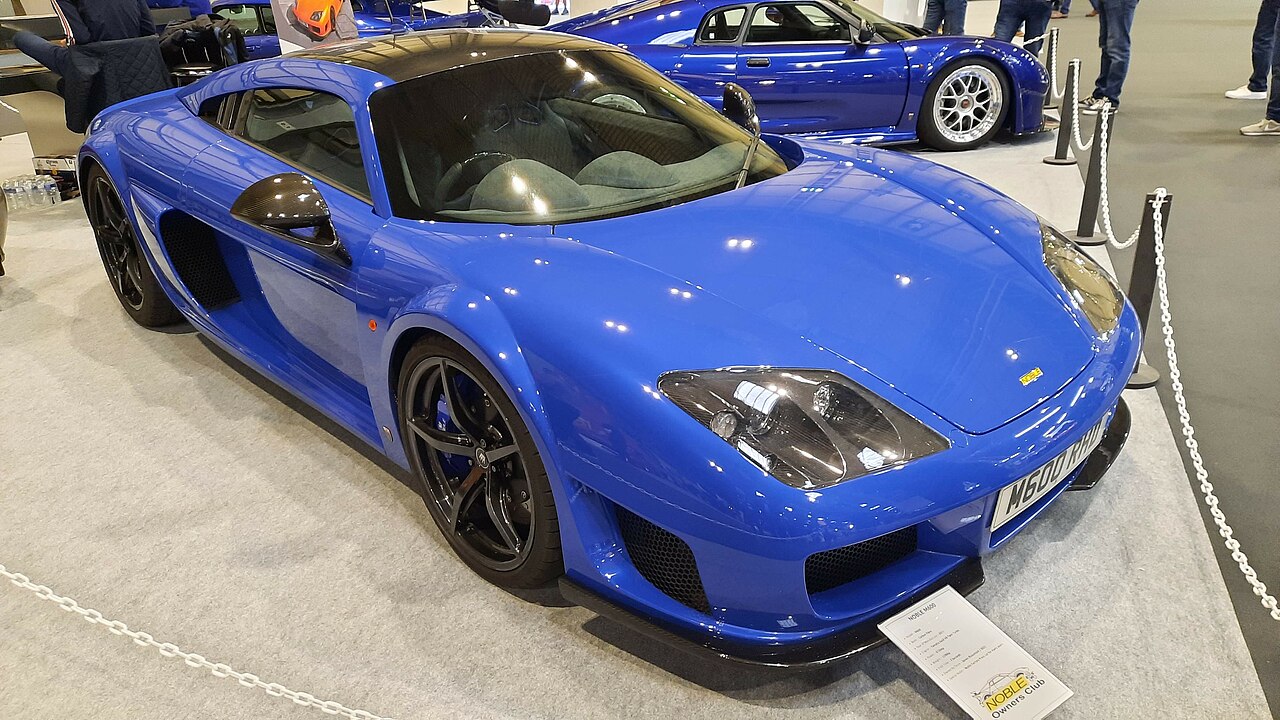 Kieran White, CC BY 2.0, Wikimedia Commons
Kieran White, CC BY 2.0, Wikimedia Commons
2000 Rover Mini Cooper
Another victim of the American 25-year import rule was the beautiful Rover Mini Cooper. Not quite old enough to be imported into the US under American auto market laws, the 2000 Rover Mini Cooper might have a reprieve next year, when it will be exempt from the safety regulations governing imports of non-US vehicles that didn't meet NHTSA's safety regulations to begin with.
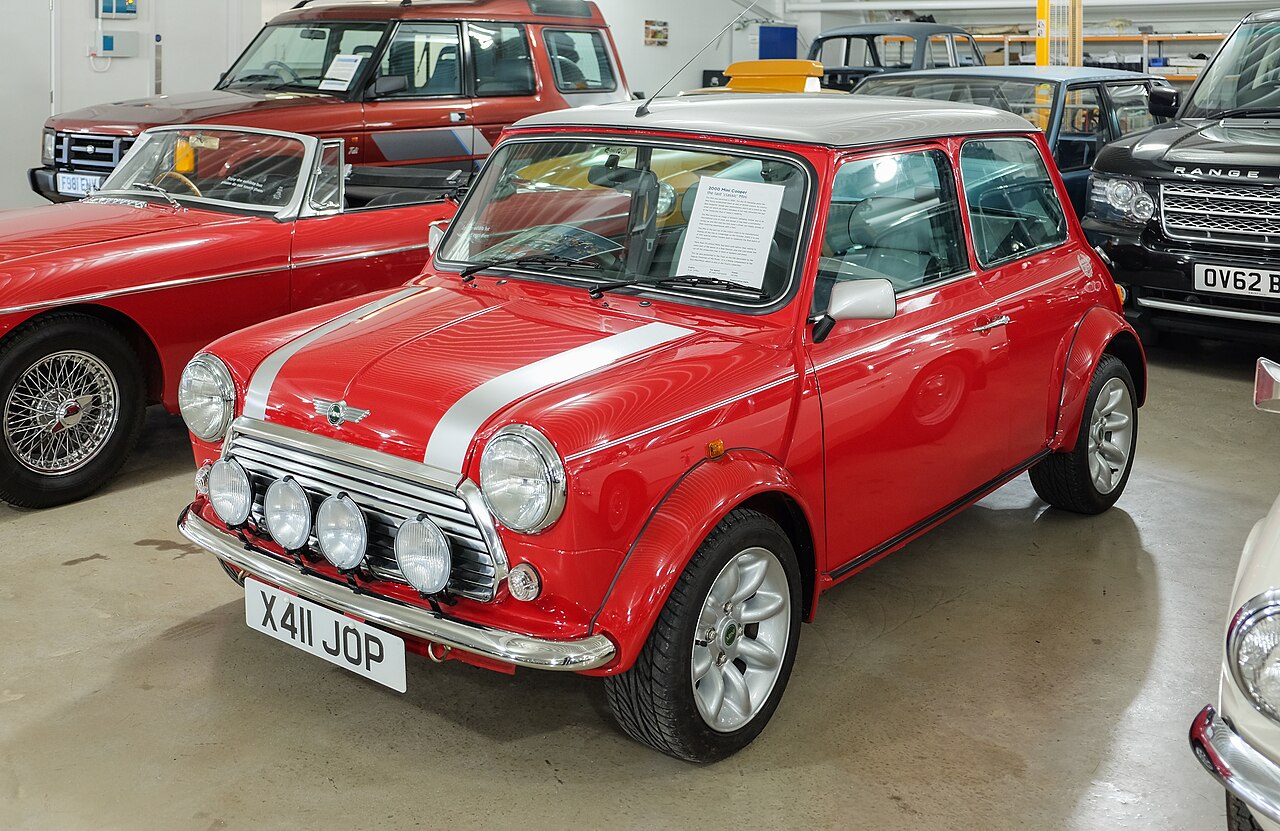 DeFacto, CC BY-SA 4.0, Wikimedia Commons
DeFacto, CC BY-SA 4.0, Wikimedia Commons
1992 Porsche 964 RS
The 1992 Porsche 964 RS failed to meet American safety standards and was thus banned from sale in the country. But that didn't stop Porsche from putting a 964 in the American market, as they introduced the Porsche 964 RS America.
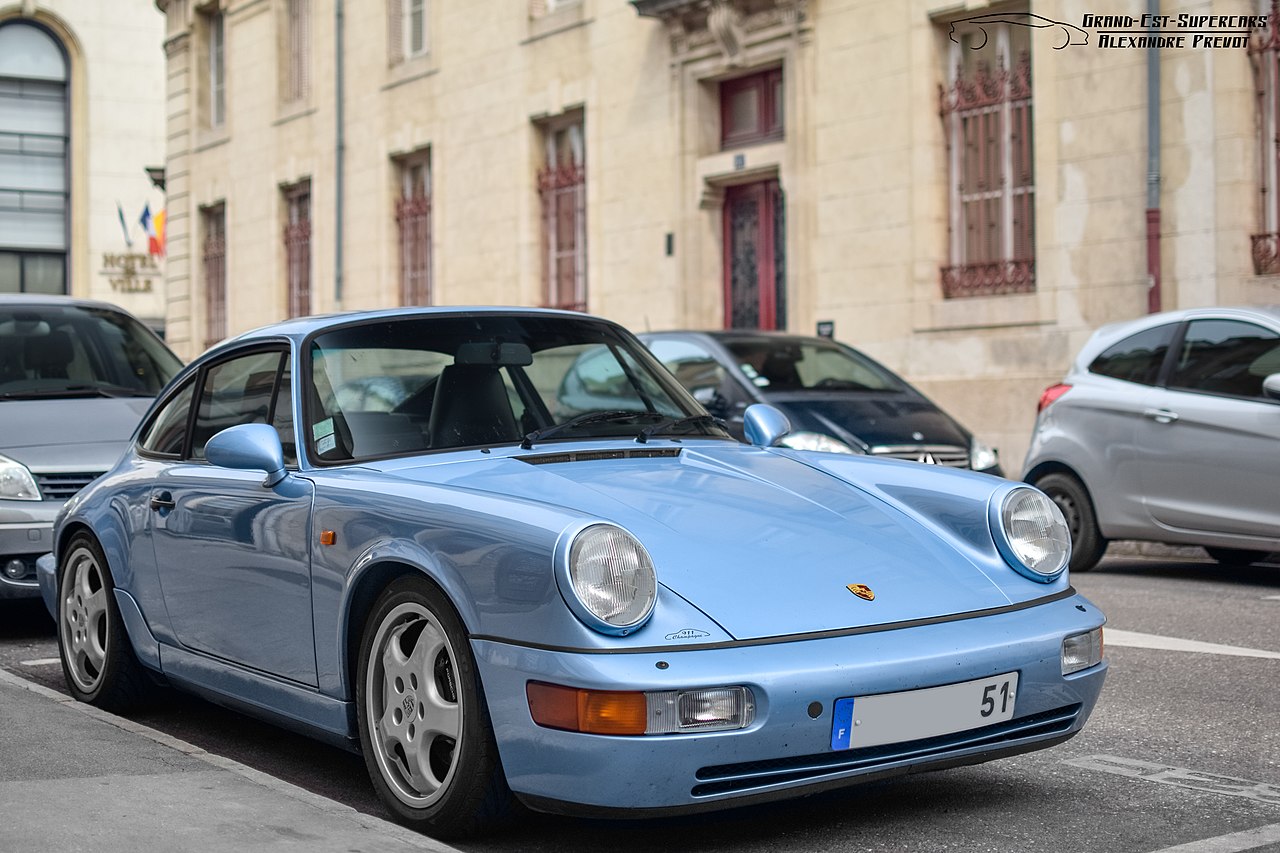 Alexandre Prévot, CC BY-SA 2.0, Wikimedia Commons
Alexandre Prévot, CC BY-SA 2.0, Wikimedia Commons
2012 Saab 9-5 SportCombi
The wagon variant of the legendary Saab 9-5 wasn't allowed on American roads as it never passed Saab's prototyping phase. Any prototypes still being driven on American roads are therefore illegal.
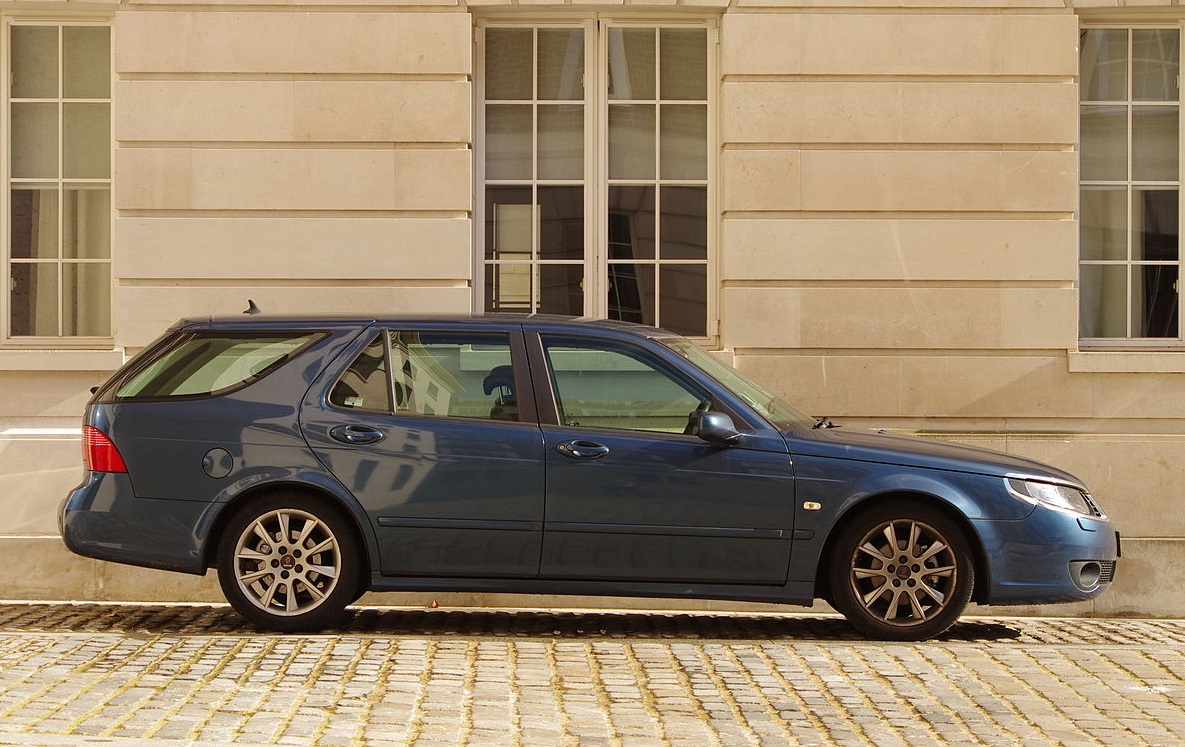 Maksim Sidorov, CC BY 3.0, Wikimedia Commons
Maksim Sidorov, CC BY 3.0, Wikimedia Commons
2002 Smart Crossblade
This wild ride has little more than a cushioned crossmember for a "door" and has no roof—making it little more than a glorified golf cart on American roads. That, and it was woefully underpowered for the typical American city, town, or highway. The 2002 Smart Crossblade didn't meet basic safety standards in the US, thus, you won't ever see one in the country.
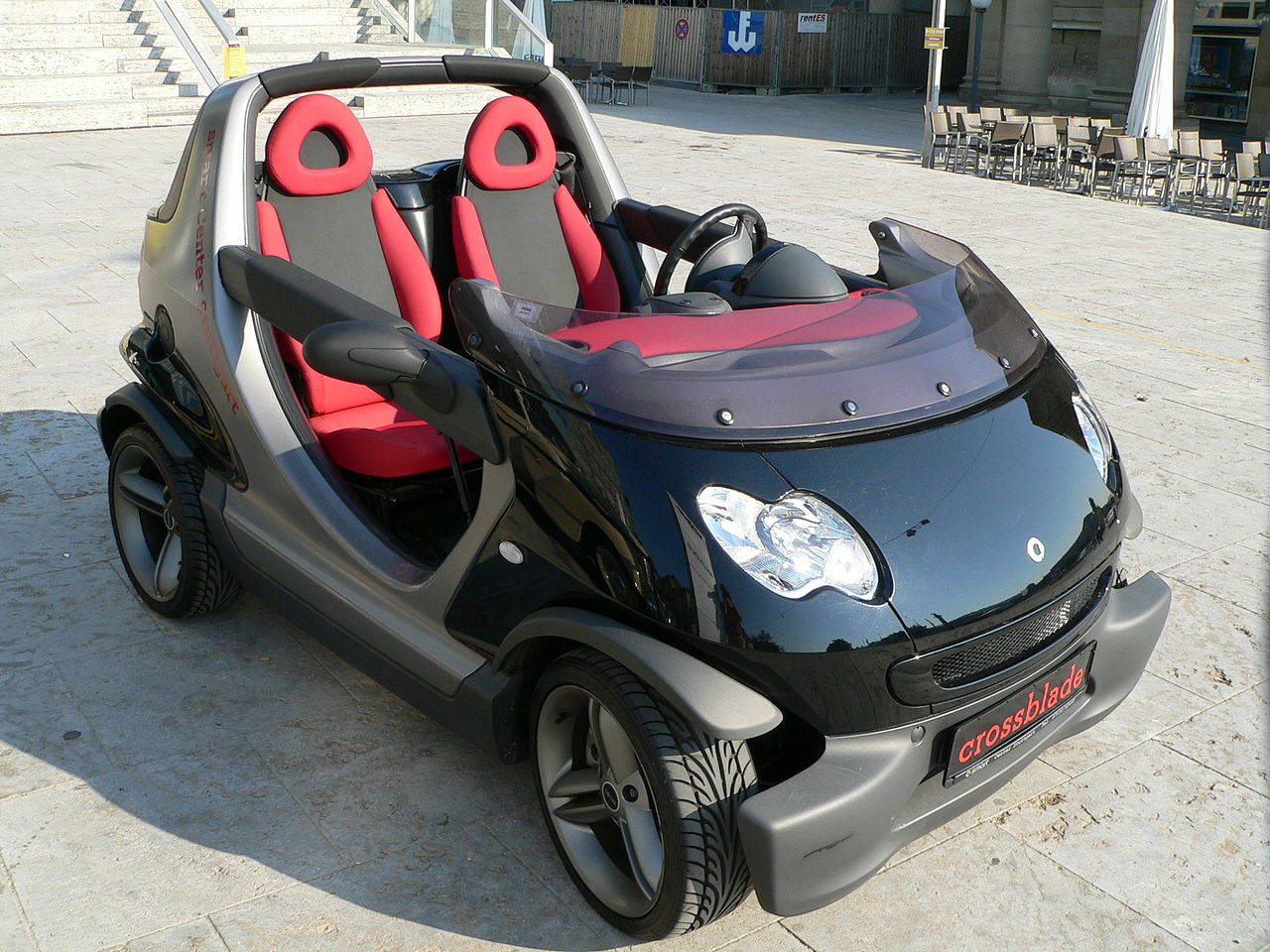 JuergenG, CC BY-SA 3.0, Wikimedia Commons
JuergenG, CC BY-SA 3.0, Wikimedia Commons
1990 Toyota Sera
Despite the 1990 Toyota Sera now being importable into the United States due to the NHTSA's 25-year rule being long-gone, at the time, this Toyota didn't meet crash testing standards set by the regulatory body. There were also concerns about its structural engineering.
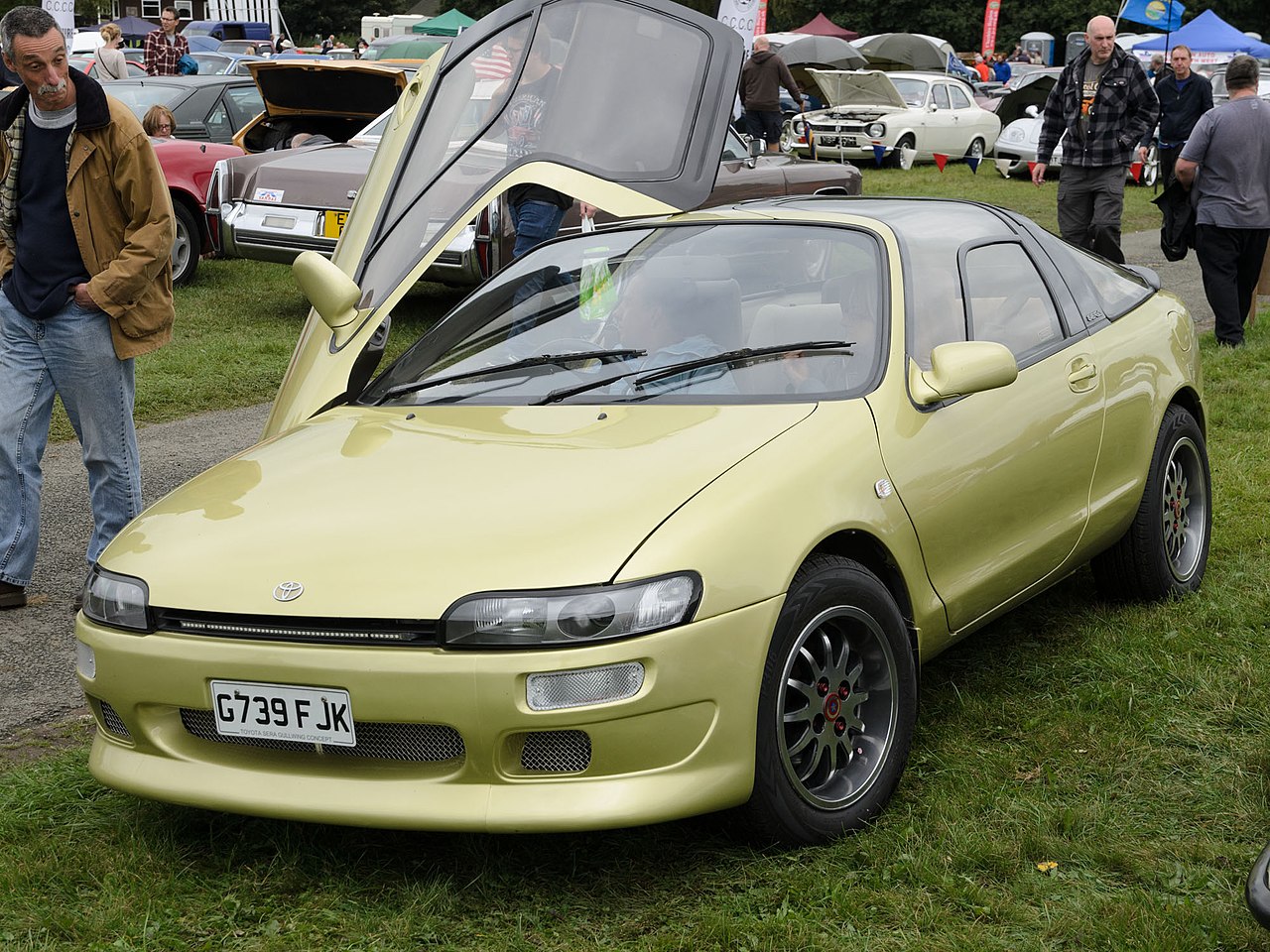 SG2012, CC BY 2.0, Wikimedia Commons
SG2012, CC BY 2.0, Wikimedia Commons
1994 Toyota Supra
One of the few cars that's not been removed from the NHTSA's banned-car list, despite it being 25 years since the production of the '94 Supra. Its lack of reliability on the road led it to being banned by the administration during its production year.
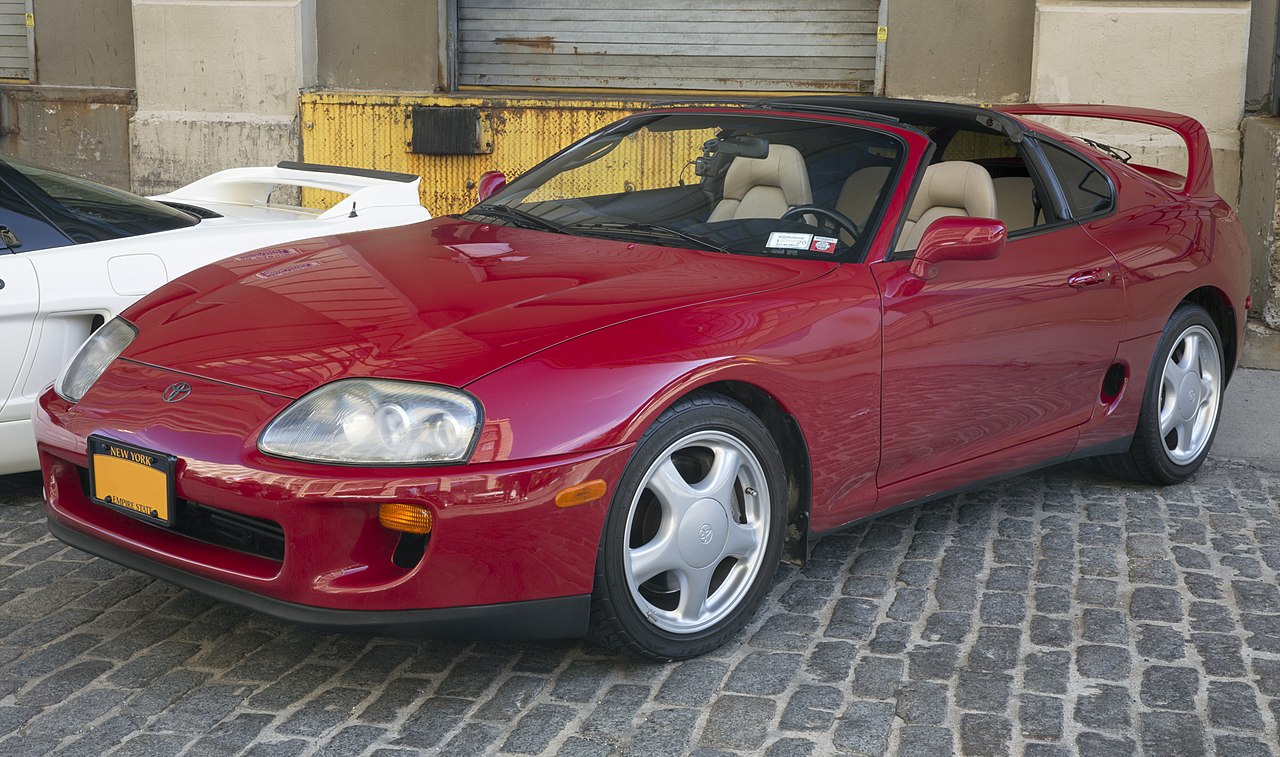 Mr.choppers, CC BY-SA 3.0, Wikimedia Commons
Mr.choppers, CC BY-SA 3.0, Wikimedia Commons
1996 TVR Sagaris
Another British manufacturer that produced a car deemed too extreme for American roads. The 1996 TVR Sagaris produced 400 horsepower and a top speed of 185 mph—speeds in excess of what the NHTSA considered safe.
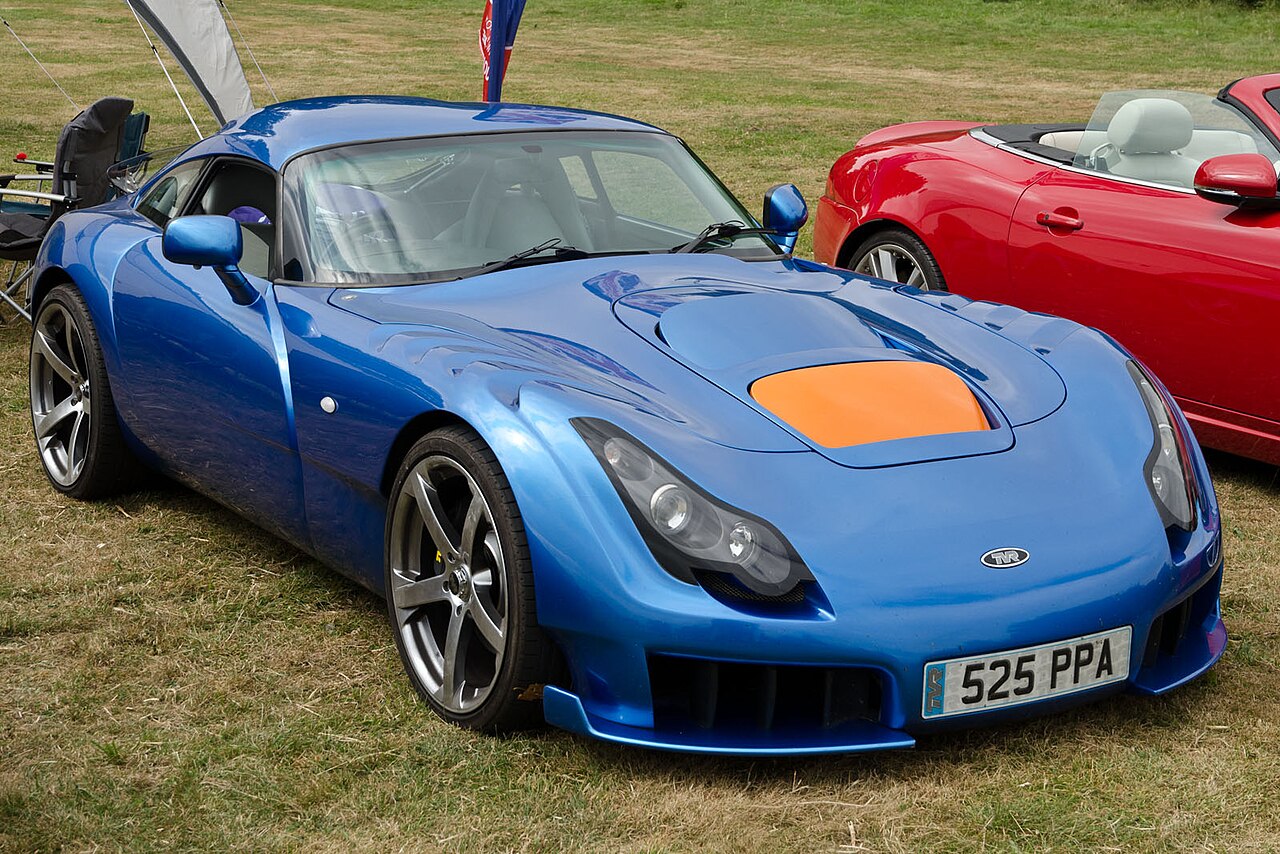 Steve Glover, CC BY 2.0 , via Wikimedia Commons
Steve Glover, CC BY 2.0 , via Wikimedia Commons
1990 Corrado Magnum Sport Kombi
US law doesn't allow for prototype vehicles to be driven on their roads, unless they adhere to American safety standards. This was the case with the 1990 VW Corrado Magnum Sport Kombi, the station wagon that never went beyond the prototype phase before VW scrapped the project.
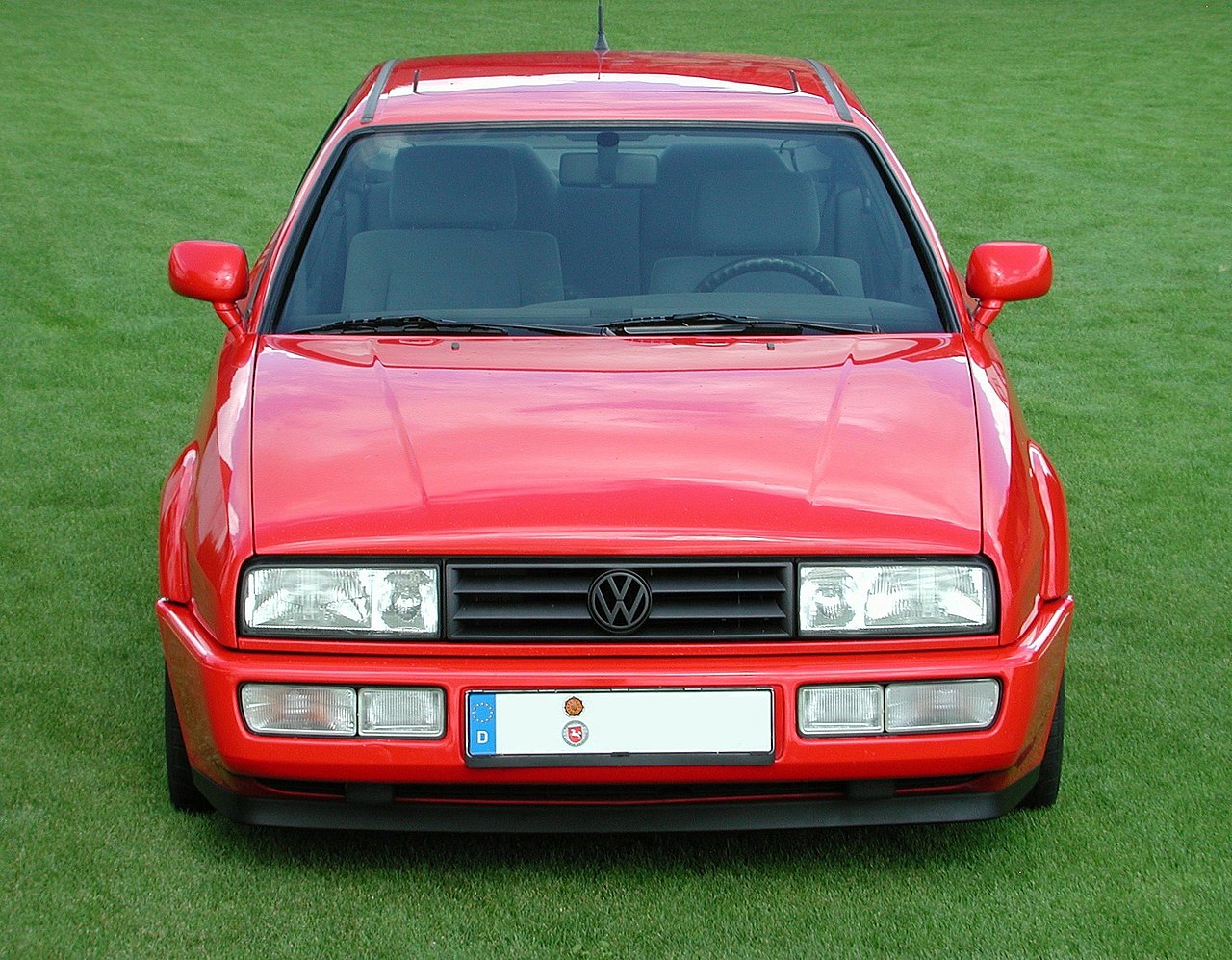 Hans-Christian H., Bernd H., Steve M. , CC BY-SA 2.5, Wikimedia Commons
Hans-Christian H., Bernd H., Steve M. , CC BY-SA 2.5, Wikimedia Commons
1972 Fiat 126P
Because the Fiat 126P was produced in Poland, at the time a Communist country, it was banned in the US. The American government did not allow for its countrymen to do business with Warsaw Pact nations. In 2016, however, Tom Hanks was gifted a Fiat 126P by the town of Biesko-Biala in Poland, after he posted with one 1974 model during filming in Poland.
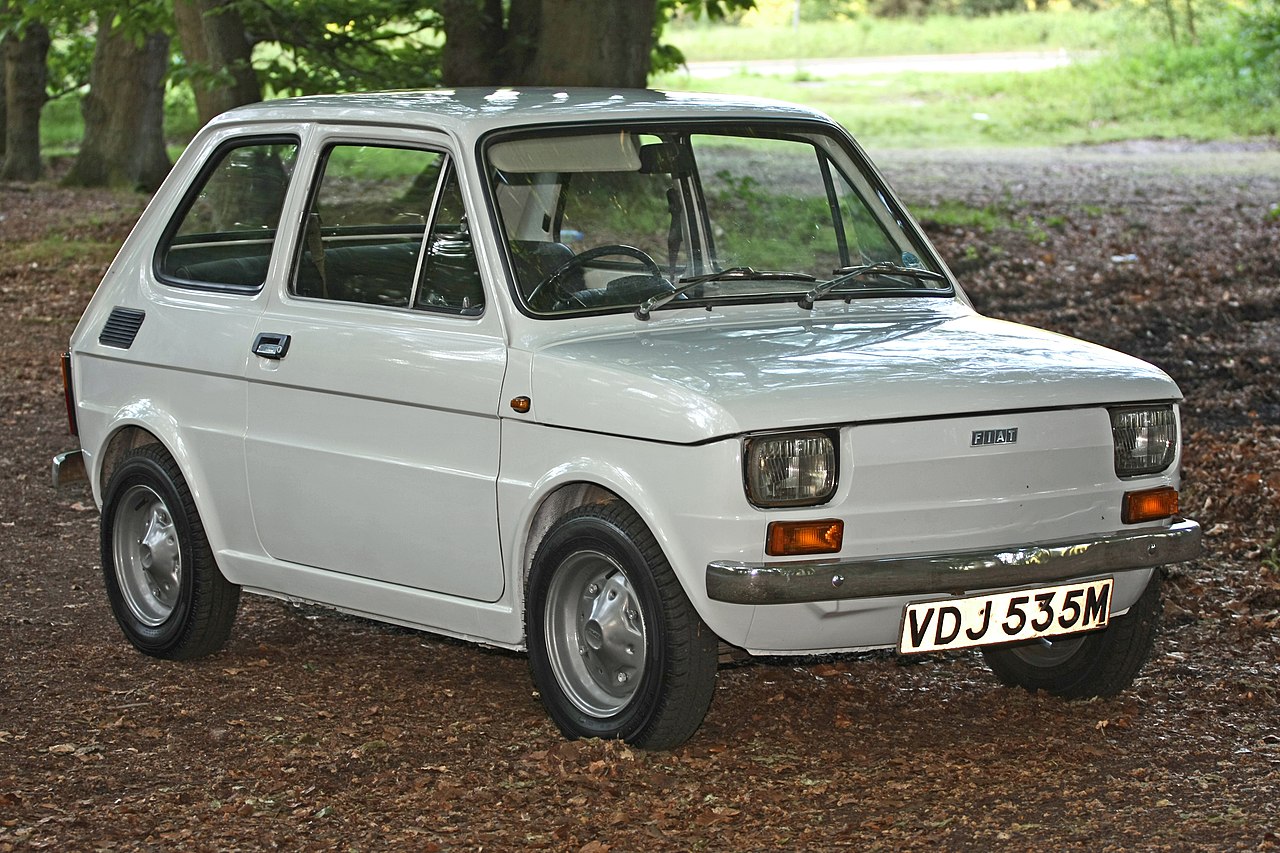 Tony Harrison, CC BY-SA 2.0, Wikimedia Commons
Tony Harrison, CC BY-SA 2.0, Wikimedia Commons
1999 Pagani Zonda
By far the most extreme example of a car that was just too much for American roads is the 1999 Pagani Zonda. Regardless of the model year (produced from 1999 to 2017), the Zonda is simply too extreme for the American government to regulate. With a top speed of 238 mph and an astounding 760 horsepower, you won't find a Zonda on American roads. Interestingly, the 2020 Pagani Huayra, the Zonda's successor, is fully compliant of US regulations.
Have you ever driven one of these banned cars in Europe? What was your experience like? Or maybe you've managed to get your hands on a now-importable version of these vehicles. Let us know your experiences in the comments below!
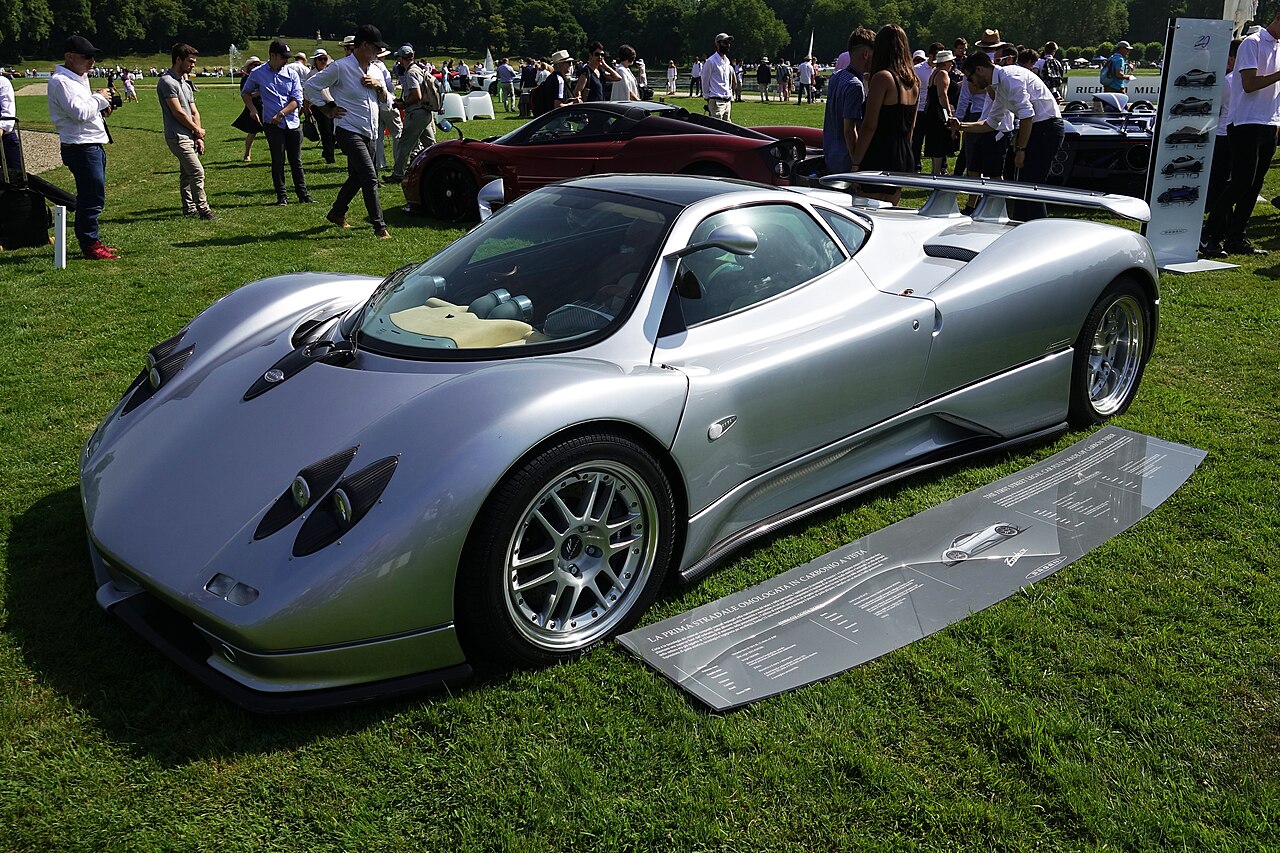 Y.Leclercq, CC BY-SA 4.0, Wikimedia Commons
Y.Leclercq, CC BY-SA 4.0, Wikimedia Commons








